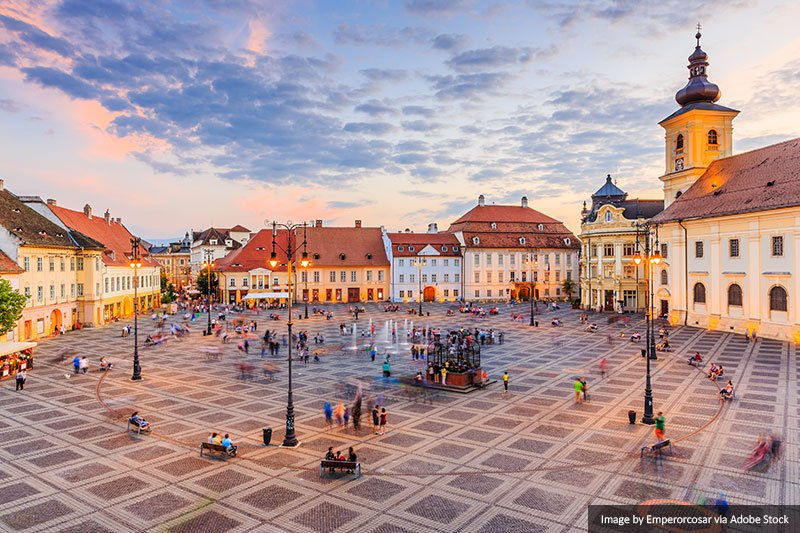
Bucharest D21 Cohort
Background Image from https://www.travelanddestinations.com/the-best-places-to-visit-in-romania/

background
Earthquake hazard
The Balkan Peninsula is particularly susceptible to earthquakes as it sits between the African, Indian, small Cimmerian, and Eurasian tectonic plates (Bala et. al, 2015). Throughout their history, countries within the region have experienced major earthquakes, with earthquakes occurring as recently as 2018 in Romania, 2019 in Albania, and 2020 in Croatia (USGS, 2021). Within northern Romania, the Vrancea region experiences frequent seismic activity that can result in major earthquakes throughout the Balkan Peninsula (Bokelmann, 2014). Experts have identified Bucharest, the capital of Romania, as “the most earthquake prone capital in the European Union” (Armaș et al., 2017).
The Balkan Peninsula, Romania, and Bucharest
The Balkan Peninsula is a geographic area in southeastern Europe consisting of Albania, Bosnia and Herzegovina, Bulgaria, Croatia, Greece, Kosovo, Montenegro, North Macedonia, Serbia, and Slovenia, the European part of Turkey, and Romania. This project focuses on Bucharest, the capital city of Romania. The word “Balkan” originates from the Turkish word for “a chain of wooded mountain” (Allcock et al., 2020). The Balkans lie within the mountain ranges known as the Alpine orogeny (Bala, 2015), which include the Rhodope Mountains along the Greek-Bulgarian border, the Dinaric range down the Adriatic coast to Albania, the Julian Alps from northeastern Italy to near the capital of Slovenia, and the Carpathians from Slovakia and southern Poland to southwestern Romania.
past romanian earthquakes

On November 10th, 1940, an earthquake originating in Vrancea county caused one building to collapse and killed over a hundred people.

On March 4th, 1977, another earthquake struck, this time causing 33 buildings to collapse and killing over 1,500. Experts expect 200 or more buildings to collapse in the next major earthquake

On March 4th, 1977, another earthquake struck, this time causing 33 buildings to collapse and killing over 1,500. Experts expect 200 or more buildings to collapse in the next major earthquake

On November 10th, 1940, an earthquake originating in Vrancea county caused one building to collapse and killed over a hundred people.

bucharest's vulnerability
Previous studies have examined how specific characteristics of Bucharest contribute to its high earthquake vulnerability. The city’s historical and outdated infrastructure is the most significant factor. Many of Bucharest’s buildings are aging, with buildings constructed prior to 1940 accounting for over 20 percent of the city’s building stock as of 1992 (Lungu, 2000). Moreover, approximately 50% of the city’s structures originated from systematization plans during the communist regime (1947-1989) with few being strengthened after the fall of communism to meet current standards of quality and safety (Bachman, 1989; Lungu, 2000).
Corruption is also a contributor to seismic risk to buildings in Bucharest. During the communist regime, the Romanian government lacked funds for construction due to national policies of paying off external debts (Mungiu-Pippidi, 2010). The lack of funds led to bribery and corruption within the construction industry which often led to construction that was unnecessary, unsuitable, or defective, or dangerous (Sohail & Cavill, 2006). Without economic incentives nor or the necessary capital, the communist government also constructed many high-rise apartment complexes that were not seismically stable (Sumbasacu, Interview).
This lack of funds continues to limit current government analysis of buildings after earthquakes to evaluate seismic risk. While the government currently has marked 358 buildings in Bucharest as at a high risk of collapse in the event of another earthquake, a comprehensive analysis of the city’s buildings has not been done. The close proximity of these structures to other buildings due to high population and building density increases the potential for damage from collapse (Schlumbohm, 2020; Cavoli, 2017).